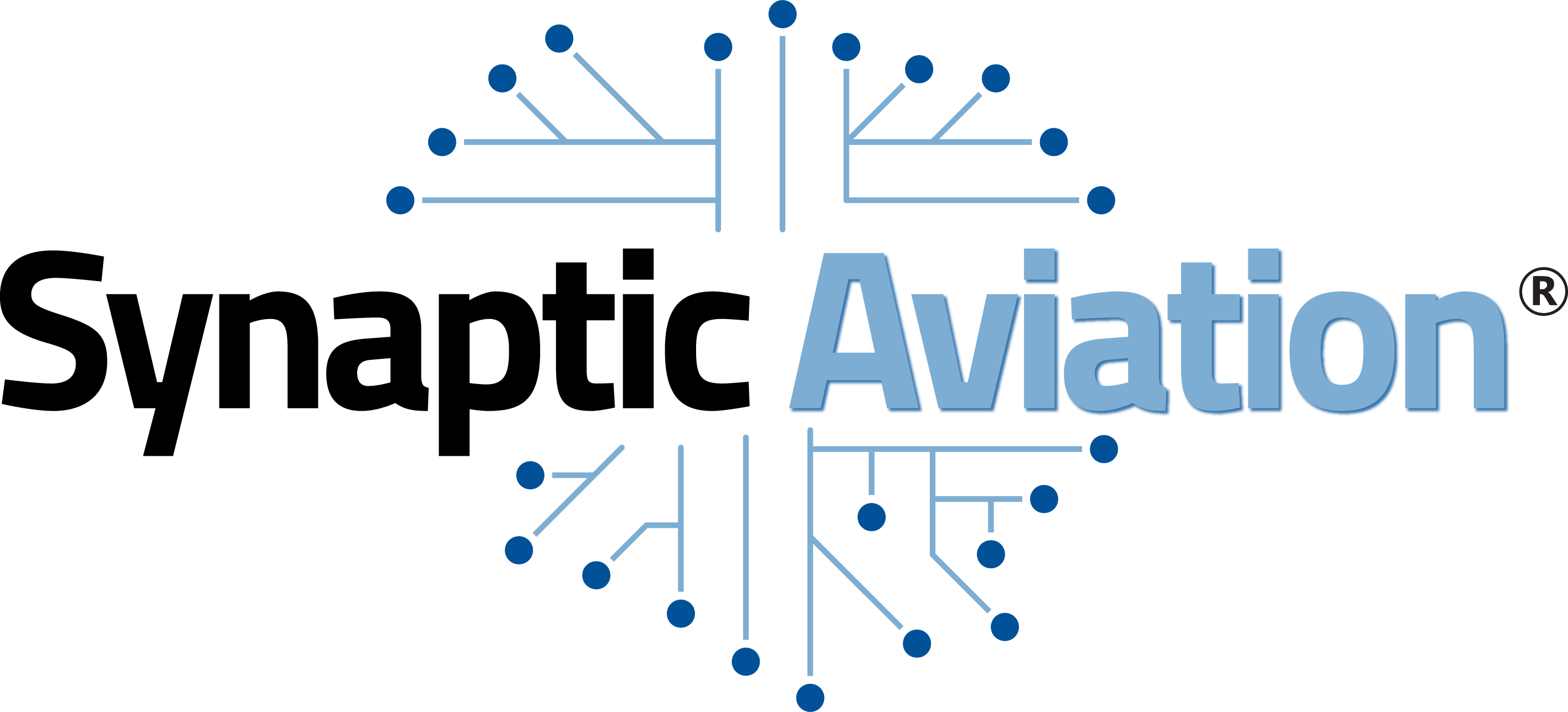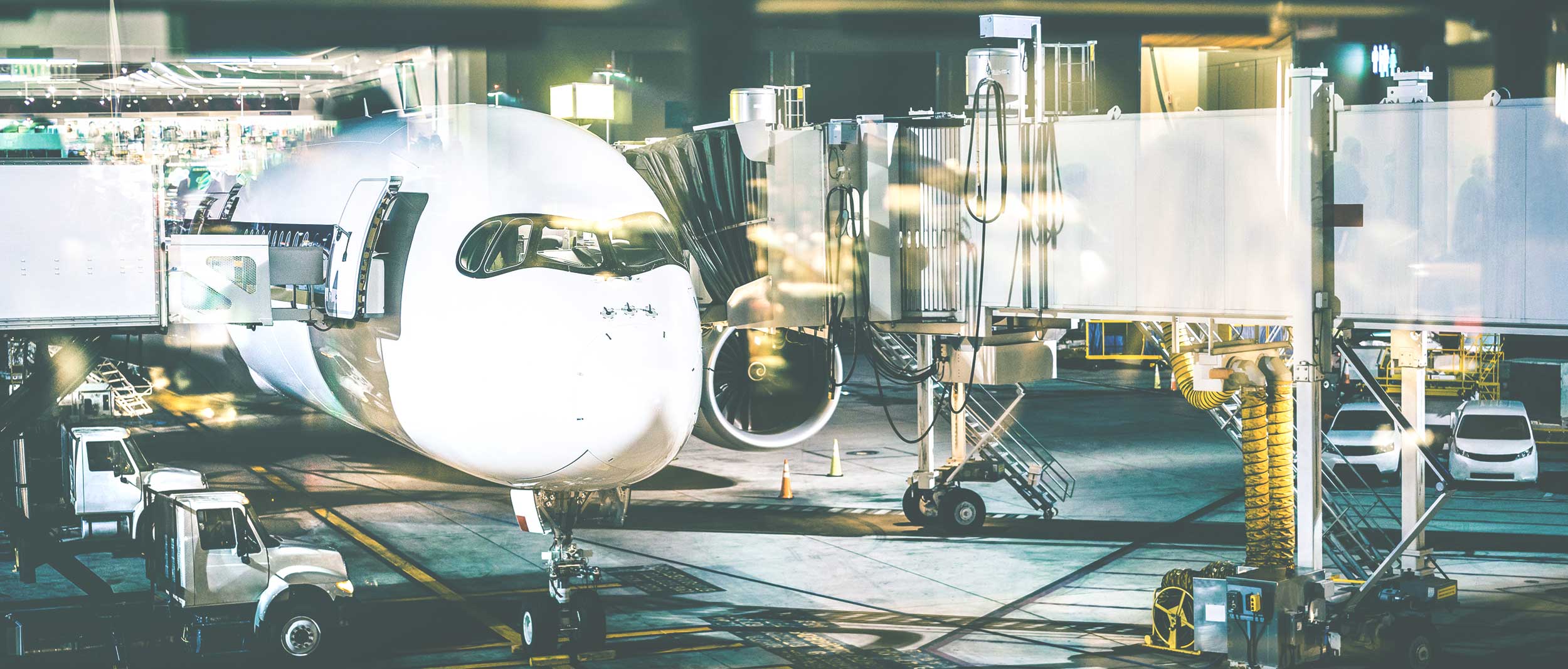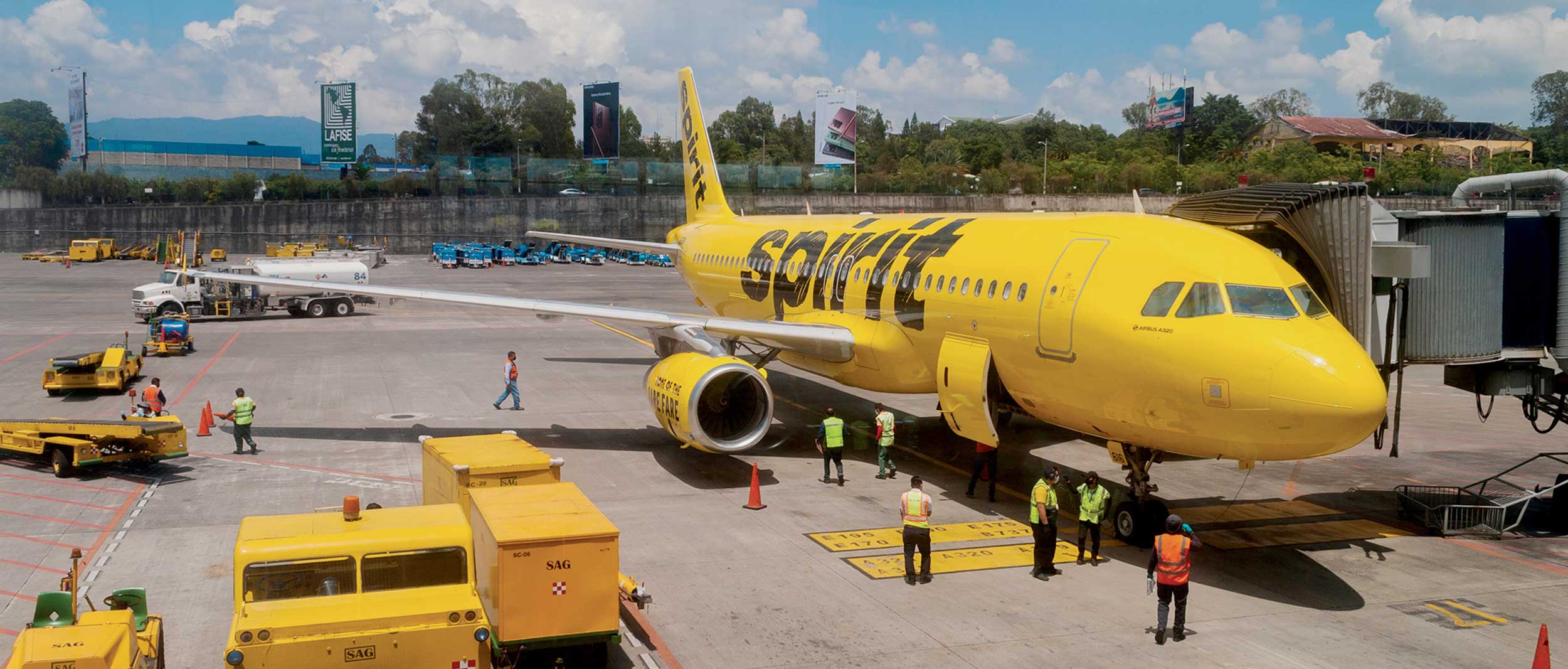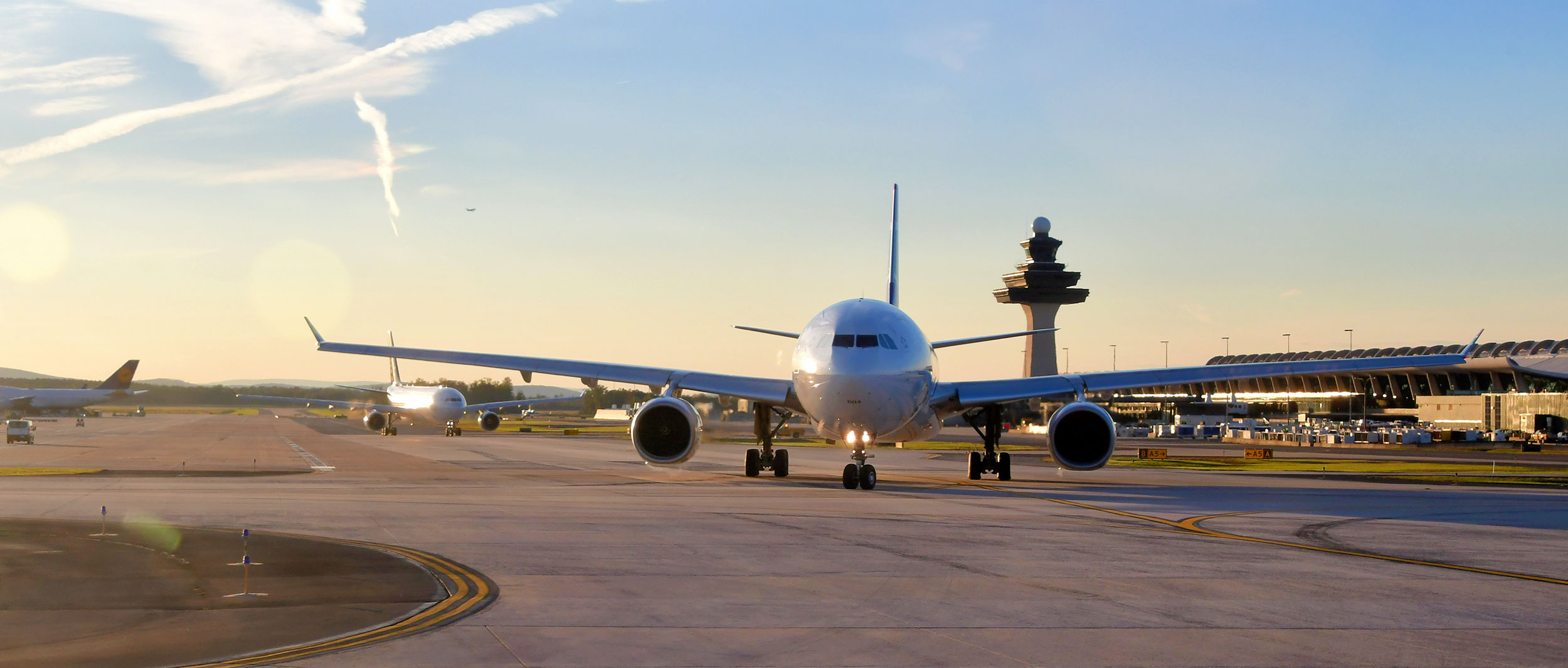In commercial aviation, aircraft turnaround time remains one of the most critical and cost-sensitive metrics in ground operations. Each additional minute an aircraft remains on stand increases fuel consumption, raises crew related costs, and has the potential to cause cascading delays throughout the network.
That’s why airport operators and airline ground teams are turning to AI and computer vision to gain sharper visibility, faster response times, and cleaner coordination.
AI isn’t just about automation; it’s about amplifying operational awareness. Here’s how it’s making a measurable impact on the apron:
1. It Tracks Ground Milestones Automatically
AI powered cameras with embedded computer vision capture every key ground handling events, from chocks on and off to jet bridge movement, GPU connection, catering service, fueling, and bag loading.
This means your team doesn’t have to log events manually or rely on inconsistent reporting. The data is timestamped, verified, and instantly available.
Why it matters:
Everyone from ramp agents to ops control to dispatch sees the same real time picture of turnaround progress. That shared visibility enables faster coordination, quicker adjustments, and more consistent on time performance.
2. It Brings Clarity to Estimated Departure Times
Target Off-Block Time (TOBT) and Actual Off-Block Time (AOBT) are often misaligned due to unforeseen delays or assumptions.
AI-based systems can now forecast Predicted Off-Block Time (POBT) using real-time ground activity data, giving airlines and airports a more accurate window into when a flight will be ready to depart.
Why it matters:
Better predictability leads to optimized gate planning, reduced towing, fewer gate conflicts, and more accurate passenger updates.
3. It Flags Operational Risks Before They Escalate
AI systems continuously monitor ground operations and identify deviations from expected workflows in real time. If a tug blocks the aircraft path, if a GPU is connected too late after arrival, or if ground crews miss a key step- AI can detect it and instantly notify the right personnel.
Why it matters:
Intervention happens in real time, before small oversights become departure delays, safety incidents, or costly service failures.
4. It Keeps Everyone on the Same Operational Page
In traditional ramp environments, visibility is often siloed. Operations control might not know what’s happening at the gate until someone radios it in.
AI-driven platforms offer the ability to consolidate ground activity into a shared interface that can be accessed by airlines, airport operations, and third-party handlers. This interface can serve as a unified view for all stakeholders or be configured as separate, role-specific dashboards depending on operational needs.
Why it matters:
A shared operational picture strengthens coordination across teams, reduces miscommunication, and enables faster response when timelines shift. Whether unified or role specific, this visibility drives accountability and helps minimize avoidable delays.
5. It Turns Everyday Ground Data Into Strategic Insight
Over time, AI systems capture patterns across thousands of turnarounds, identifying where time is being lost, where inefficiencies keep repeating, and where equipment or services appear idle or delayed based on observed activity sequences.
Why it matters:
Those insights drive long-term improvements. You’re not just reacting in the moment, you’re proactively optimizing your operation with hard data.
Conclusion:
AI complements the expertise of ramp personnel by automating manual tracking and enabling more informed, responsive operations. By automating time-stamped tracking of ground events, it frees crews and operations teams to focus on critical responsibilities like safety oversight, service coordination, and timely aircraft dispatch. In today’s aviation environment, where every delay compounds and every saved minute counts, AI offers a meaningfuledge not just for turnaround times, but for the entire ground operations ecosystem.
Want to see how AI could sharpen your ground ops? Let’s talk → info@synapticaviation.com






